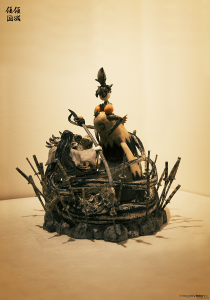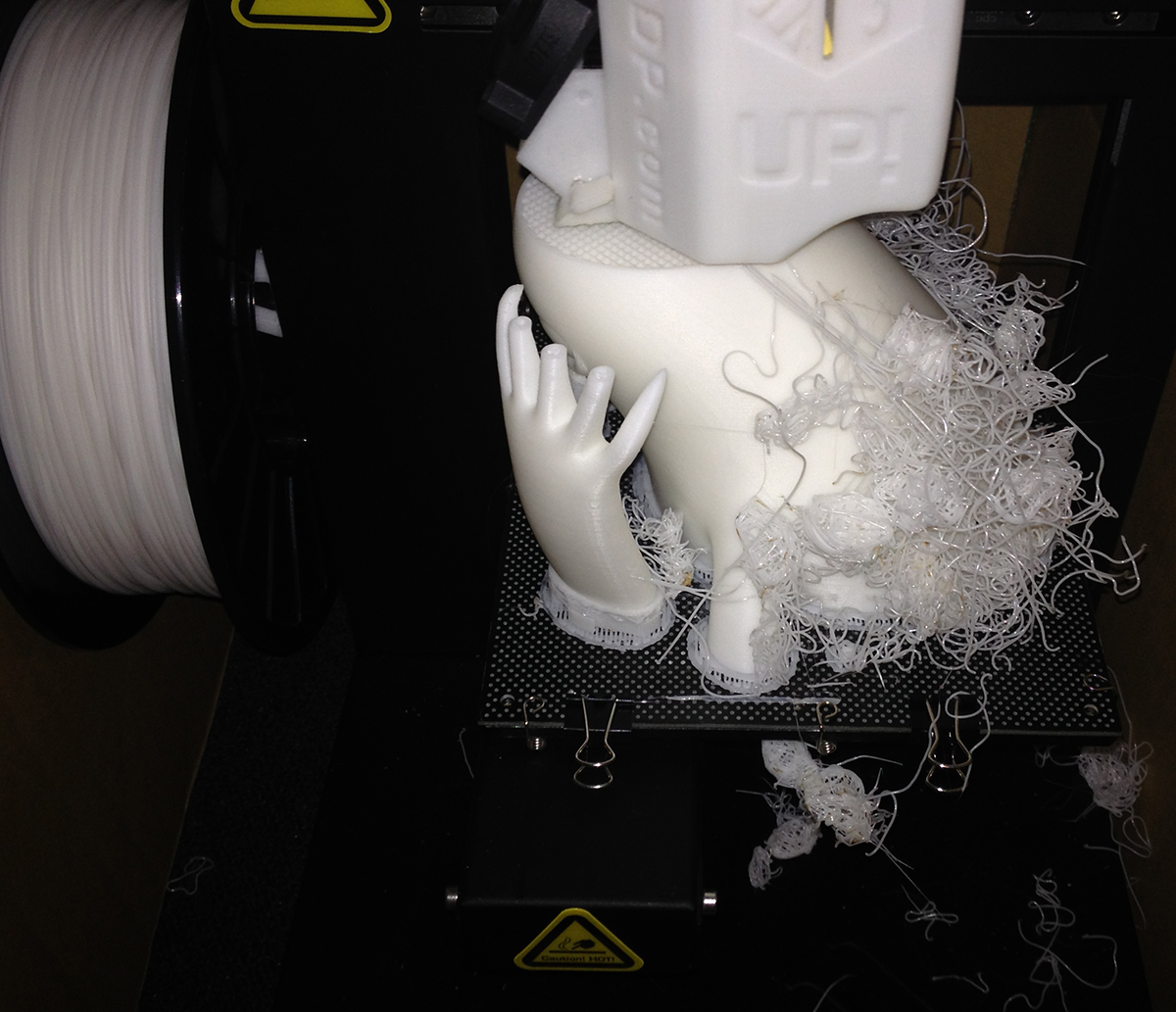Beginning with the Ito Jakuchu Inspired Exhibition held in 2012, Tokyo Designers Week thematically interweaves great artists of the past with contemporary works inspired by their legacies. Gathered in this exhibition are works inspired by the great artist Katsushika Hokusai.
His works are internationally recognized and have strongly influenced great European artists such as Monet, Whistler, Cezanne and Van Gogh. He established himself as an influential Japanese painter and his woodblock prints, known as ukiyo-e, or ukiyo-ye (浮世絵).
Ukiyo-e means “pictures of the floating world”, and they were extremely popular among the merchant class in Japan during the 17th, 18th and 19th centuries. “Hokusai Manga” and “Thirty-six Views of Mount Fuji” are known as representative works of Japonism.
Shusuke Osanai, a computer graphics artist and director of Integral Vision Graphics,
decided to incorporate 3D printing in his interpretation of Hokusai’s ukiyo-e block prints for TDW. The idea was to translate them into 3D printed sculptures.
First he turned the physical data into digital 3D data using Maya and Zbrush.
The data was then transferred to UP Plus2 3D printer, and printed using mostly ABS.
The whole sculpture was about 43cm in height, with 45 separate pieces.
As with any inexpensive FDM 3D printer, the distinctive layers of plastic were easy to spot. And though this could have been avoided using a high-end 3D printer, the plan from the beginning was to cover the model in Japanese paper from the Edo period (19th century), which would conceal any pronounced layering.
After books from the Edo period were purchased, and the pieces were all printed out, Shusuke carefully put them together and glued ripped up small pieces of the traditional Japanese paper onto the outer surface, to achieve a ukiyo-e aesthetic.

The reason why it looks so old is because it actually is about 200 years old.”
And finally using India ink and brush, textures and details on the face were drawn. To express the bold and powerful look of the ink, the kasure technique (intentional streaky brush stroke, common in Japanese calligraphy) was used.
Shusuke summarized his experience by saying, “I believe that with 3D printers becoming a household name, a new door has opened for the future of art.”









